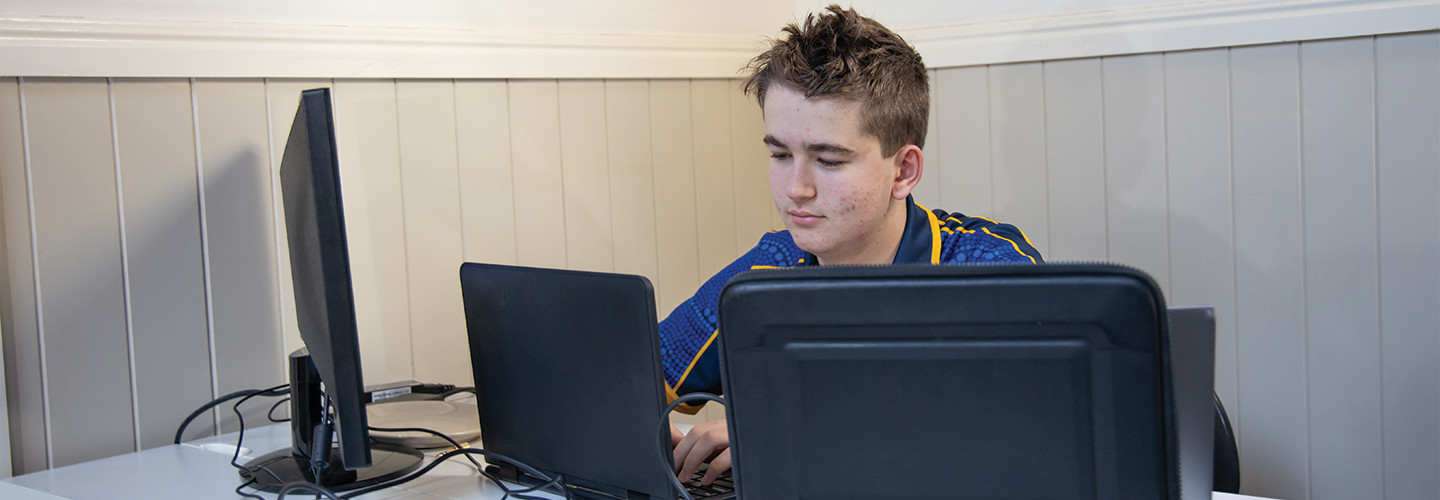Now, instead of troubleshooting problems on the spot, his students are tackling other jobs from their homes — “everything from contributing to the help desk blog to dealing with random technical issues,” Wong says. Two students, for example, helped him produce a video tutorial explaining how to use Google Meet in Google Classroom. “A teacher had questions about it, and everyone’s videoconferencing now, so we decided that could be useful to a lot of people.”
Remote Student-Run Help Desks Can Get Tricky
Also focused on videoconferencing at the moment is the student-run help desk at Bethlehem Central School District in New York. The district relies primarily on Google Meet and Zoom, explains Navaar Johnson, the help desk supervisor and senior network and systems technician. “Our students will be supporting both, and they’ll be helping instructors with any issues in Google Classroom as well,” he says.
Much like the BSD help desk, the one at BCSD was born of necessity. Budget cuts had forced IT to downsize, so the department approached district leaders to suggest students fill in the gap. The approach they settled on has the team in IT managing the student help desk as an internship program, Johnson says.
READ MORE: Find out how BCSD launched its student-run help desk program.
“Students apply and they go through a full interview, and we look at recommendations and prior work experience, if they have any,” Johnson says. Many do not, but that’s usually OK. “Last year we had 36 students. We try to take as many as we can.”
When the district closed its buildings last semester, there wasn’t much his help desk students could do, Johnson says. Under normal circumstances, they would have been repairing Chromebooks, either by hand or using Chrome Remote Desktop. But with students at home, “it was a tricky situation,” he says. “We’d always provided supervision as they worked, and that was impossible. We really didn’t have a good solution.”
For the new school year, Johnson says, everything depends on the district’s operating model. When his help desk students are onsite, he’ll welcome them into the dedicated service room to tackle any issues that need to be addressed. “Anything they can feasibly take care of, I’ll absolutely be handing it over to them,” he says. That includes the repair of damaged Chromebooks used for remote learning and possibly conducting remote instructional sessions with students or teachers having difficulty with videoconferencing and other software.
And when his student-run help desk interns are in the throes of remote learning themselves? “What I know for sure is we’ll be staying in touch with them,” Johnson says. “They’ve always been a huge help to us, and moving forward, we hope to continue utilizing them in any way that we can.”
MORE ON EDTECH: Here’s what it takes to run a successful student help desk program.










